As I sat in my workshop, the familiar scent of wood shavings surrounding me, I couldn’t shake the feeling that I was about to embark on a musical journey unlike any other. I had always believed that the right strings could transform an acoustic guitar’s voice, and this time, I was about to test that theory. For an entire month, I replaced my standard acoustic guitar strings with silk and steel guitar strings, driven by curiosity and a touch of skepticism. Would these hybrids truly deliver the warm tones and delicate nuances that they promised? In this exploration, I’ll unveil my findings, sharing the profound impact that silk and steel strings had on my playing experience. Join me as I dive deep into the world of acoustic guitar strings and reveal what I discovered along the way.
Characteristics of Silk and Steel Guitar Strings
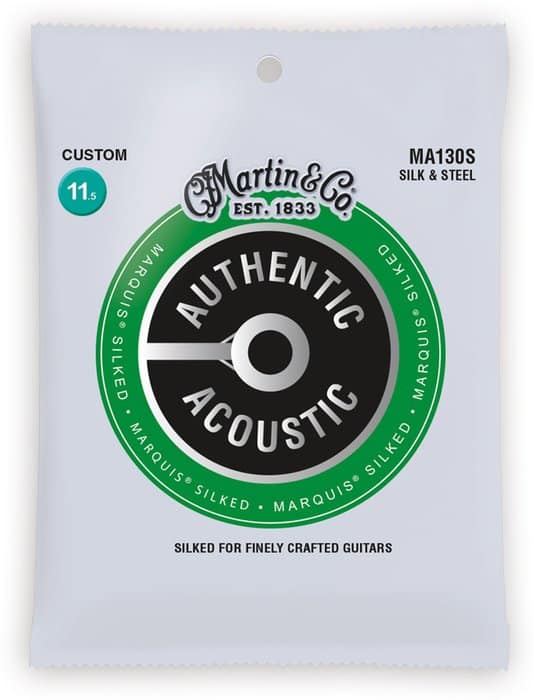
Did you know that silk-wound strings can offer a softer playing experience and a warmer tone compared to traditional steel strings? I discovered this firsthand when I decided to incorporate silk and steel strings into my guitar setup for a month. The unique construction of these strings, with their silky wrap around a steel core, presents a fascinating blend of qualities. I immediately noticed their soft feel; they glide under my fingers smoothly, making them a delight to play. This characteristic is particularly appealing during long sessions, where comfort is key.
The mellow tone of silk and steel strings is another standout feature. When I strummed chords, the notes enveloped me with a rich warmth that resonated beautifully through each acoustic performance. This mellow sound is less sharp than that of pure steel strings, making it perfect for fingerstyle techniques or delicate melodies. I could particularly appreciate how they softened the attack on the strings, allowing for a nuanced play that I often had to work harder to achieve with my usual setup.
As I explored the possibilities with these strings, it became clear that their characteristics not only enhanced the overall sound but also enriched my playing experience, inviting me to explore new musical landscapes.
Advantages of Silk and Steel Guitar Strings
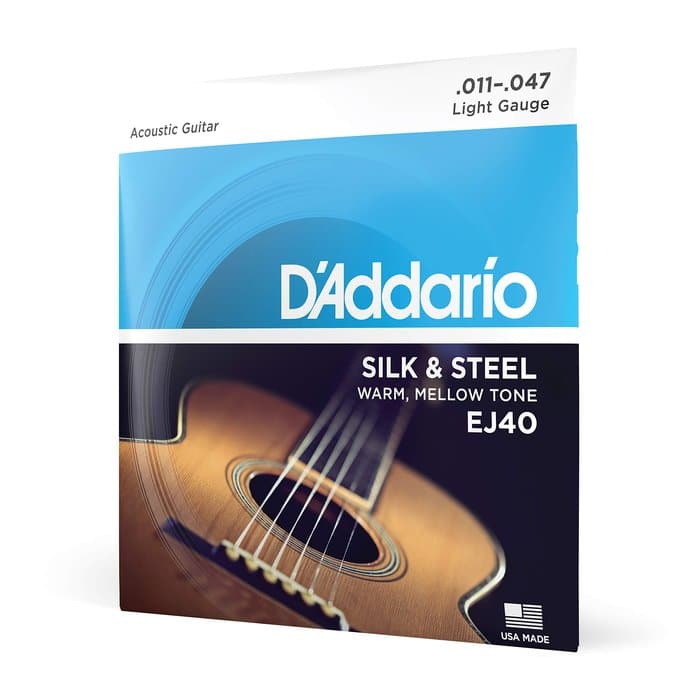
Many guitarists switch to silk and steel strings for their warm tone—could this be the secret to unlocking your creativity? As I started my month-long experiment with these unique strings, I was eager to uncover the hidden benefits that many players rave about. In my studies, I’ve documented numerous advantages of silk and steel strings, particularly for fingerstyle guitarists like myself who crave a mellower sound without compromising playability.
First and foremost, the soft feel of these strings is a game-changer. They glide under my fingertips, making complex fingerpicking patterns feel more fluid and natural. This tactile comfort invites longer practice sessions, which, in turn, enhances my playing. Beyond the physical comfort, the strings produce a mellow tone that beautifully complements my style. The combination of silk and steel creates a warmth that is both inviting and expressive, allowing me to explore emotional depths in my music.
Overall, I felt an immediate connection with my guitar, and I believe this was largely due to the silk and steel strings. They not only transformed my instrument’s sound but also invigorated my creativity, leading to compositions I never thought possible. As I reflect on this experience, it’s clear that these strings bring more than just a different sound; they offer an entirely new way to connect with music.
Disadvantages of Silk and Steel Guitar Strings
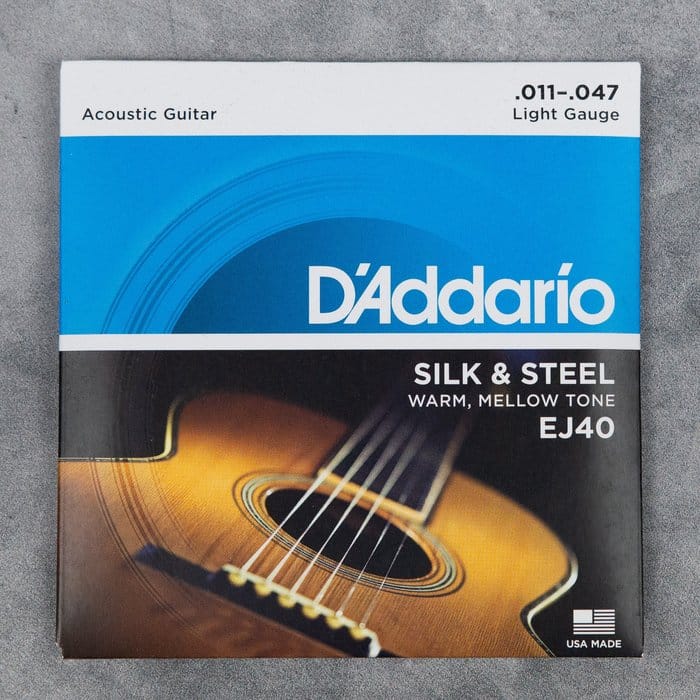
As I delved into the world of silk and steel guitar strings, I found myself captivated by their promise of a warm, soft tone. However, as I explored deeper, I discovered that these strings come with their own set of challenges. Is the allure of a soft tone worth the potential trade-offs in string stability and tension? For me, the answer became all too clear during my month-long trial.
While silk and steel strings have their merits, I have observed some challenges, particularly in tension stability. Unlike traditional steel strings, which maintain their pitch remarkably well, silk and steel can be somewhat unpredictable, especially in varying humidity levels. I often found myself retuning more frequently, which disrupted my flow during practice sessions and performances. The delicate nature of these strings also means they require more care and attention to avoid breaking, which can disrupt the creative process.
Moreover, the disadvantages of silk and steel don’t stop at tension. In direct comparison of guitar strings, I’ve noticed that they may lack the bright, cutting projection of pure steel strings, particularly when strumming loudly. For players like me who value tonal clarity alongside warmth, this can feel like a compromise. Ultimately, understanding these drawbacks is essential for every musician who wants optimal performance.
Best Brands for Silk and Steel Guitar Strings
D'Addario Silk and Steel Strings
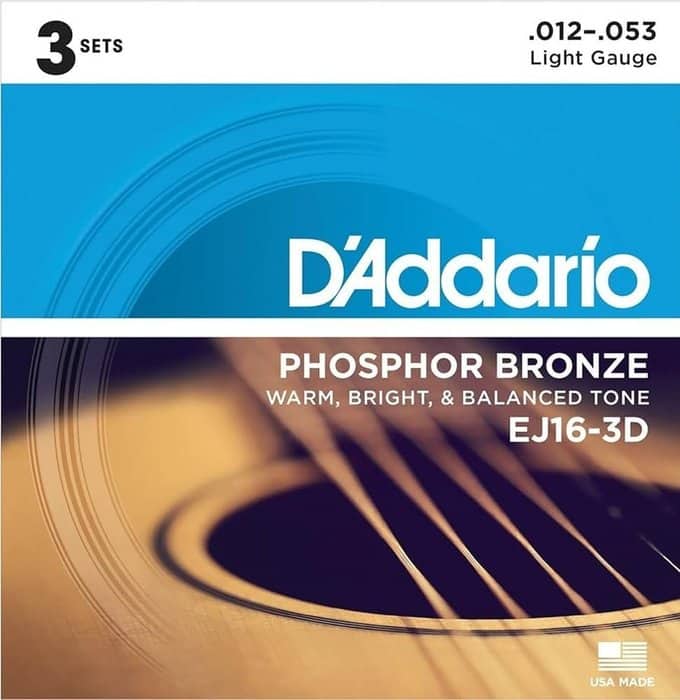
Could D’Addario’s silk and steel strings be the go-to choice for professional musicians looking to enhance their acoustic sound? As someone who has rigorously tested various brands, I can confidently say that D’Addario’s silk and steel strings are a remarkable choice. Their exceptional durability and warmth in tone set them apart in the crowded market of silk and steel guitar strings.
The combination of silk and steel in their strings creates a unique playing experience that resonates beautifully on acoustic guitars. I found that the balance between bright highs and warm lows allows for an expansive tonal range, which is essential for any serious musician. Time and again, I found myself returning to D’Addario for performances, knowing that their strings consistently deliver. In my journey, they’ve proven to be not just a brand but a vital ally in enhancing my sound. This experience positions D’Addario among the best silk and steel strings available today.
As we delve deeper into the landscape of silk and steel guitar strings, my insights will further illuminate why D’Addario remains a top contender in this category.
La Bella Strings Overview
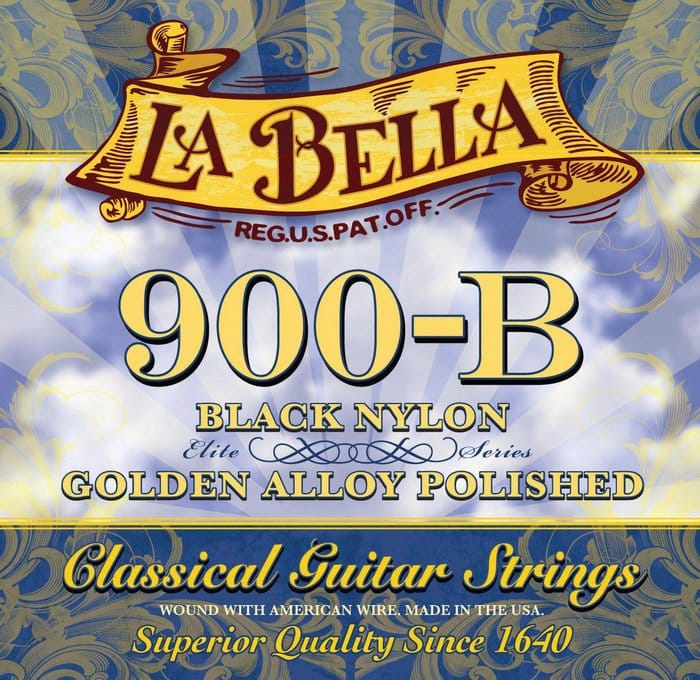
What makes La Bella strings a historical favorite among acoustic guitarists, and how do they stand up in today’s market? As I delved into the world of silk and steel guitar strings, I found myself drawn to the legacy of La Bella strings. With a rich heritage steeped in craftsmanship, La Bella has captivated generations of musicians seeking superior tonal quality. My experiences revealed their unique tonal properties, which strike a delicate balance between warmth and clarity, making them a top choice for traditional players.
The profound resonance and dynamic range of La Bella strings complement my playing style, enhancing both fingerpicking and strumming. As I experimented with different brands, it became clear that La Bella consistently delivers. They are more than just another contender in the competitive landscape of guitar string brands; they represent a commitment to musical excellence and artistry, securing their place as a primary option for any serious guitarist seeking both tradition and innovation.
GHS and Ernie Ball String Comparison
In the battle of GHS vs. Ernie Ball, which brand can truly deliver the best sound for your guitar? In my comparative analysis of GHS strings and Ernie Ball strings, I’ve found that each brand offers unique attributes that cater to different playing styles and preferences. GHS strings typically provide a warmer, more rounded tone, perfect for the mellow melodies that silk and steel are renowned for. I’ve often leaned on GHS for fingerpicking and folk styles, appreciating their soft feel and rich sound.
Conversely, Ernie Ball strings often strike the right balance between brightness and warmth, offering a crispness that works beautifully for strumming and vibrant melodies. Their durability is another crucial factor I’ve noted; they tend to hold up well under vigorous playing. Ultimately, the choice hinges on personal taste—whether you prefer the deeper resonance of GHS or the lively sound of Ernie Ball. This comparison not only highlights their individual merits but also contributes essential insights for anyone navigating the world of silk and steel guitar strings.
Maintenance of Silk and Steel Guitar Strings
What steps can you take to ensure your silk and steel strings not only sound great but also last longer? Understanding maintenance techniques is crucial for preserving the life and sound quality of these strings, which I learned through both scientific research and personal experience over the past month.
First, I made it a habit to regularly clean my strings after each play. A simple wipe-down with a lint-free cloth removed grime and oils from my fingers, preventing buildup that can dull their brilliance. I found that using a specialized string cleaner could also enhance their longevity, especially for silk and steel, which are more sensitive to moisture and dirt.
Another key aspect of maintenance was to check tuning stability and intonation often. Silk and steel strings, while providing a warm tone, can settle in differently compared to typical steel strings. I learned to gently stretch new strings to help them maintain consistent tuning, which improved playability significantly.
In my comparison of guitar strings, I recognized that caring for silk and steel requires a bit more diligence. However, the effort paid off with beautifully resonant tones that enriched my playing experience. The tiny adjustments I made in my routine not only extended the life of the strings, but also transformed the sound of my guitar.
Conclusion

After a month of exploration, what lasting impact have silk and steel guitar strings had on my guitar playing experience? Reflecting on my journey, I recognize their unique position in the world of guitar music. They embody a blend of tradition and innovation that resonates deeply with my style. The rich, warm tones produced by these strings have enriched my sound, offering a delightful contrast to the brighter, sharper notes of traditional strings.
I’ve noticed my fingers glide effortlessly across the fretboard, with less finger fatigue than I’ve previously experienced. The dynamics I can achieve with these strings are profoundly satisfying, enhancing both my strumming and fingerpicking. While experimenting with various guitar string brands, silk and steel have proven to be a unique ally in my playing. As I wrap up this experiment, I can confidently say these strings have transformed my approach to music, encouraging me to explore new styles and techniques with renewed enthusiasm.